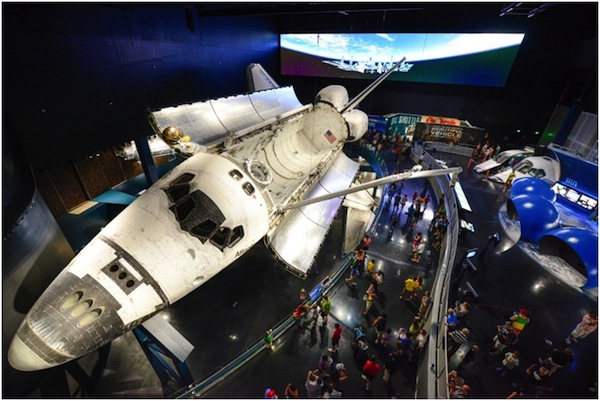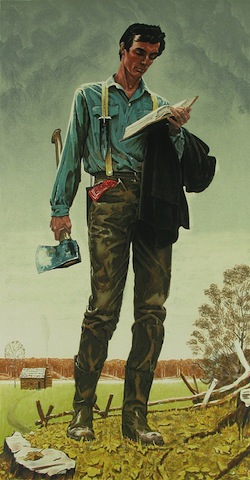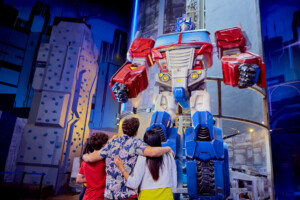 When I read a really good book, the story hooks me in the first few sentences. But what got me to pick up the book and open it in the first place? Maybe it was the cover design, the review I heard on NPR, the reputation of the author, or all of the above.
When I read a really good book, the story hooks me in the first few sentences. But what got me to pick up the book and open it in the first place? Maybe it was the cover design, the review I heard on NPR, the reputation of the author, or all of the above.
Unless one of those things, or all of them in concert, compelled me to notice and invest a few precious seconds, the most brilliant writing in the history of humankind could have been lost on me. The pages of the book could have revealed the mysteries of life, the path to infinite riches, nirvana, or even how to operate Windows 8, but it wouldn’t have mattered if I didn’t take the first step.
It seems like things used to be different. You remember young Abe Lincoln’walked miles
to borrow a book, any book, with a plain black binding. He experienced enough backbreaking labor as a child to be motivated to seek knowledge and a better life. You could call that personal relevance.
Back when I walked to school in the snow, seekers of knowledge’students, museum visitors’worshipped at the altar of keepers of knowledge’teachers, professors, curators, who projected a take-it-or-leave-it attitude. “If they aren’t willing to hang on my every word, then they deserve the dismal fate that awaits them.” But nowadays, knowledge is everywhere, on my phone, my computer, my TV. And it seems like the tables are turned. Keepers of knowledge have been forced to compete for bandwidth. It turns out the keepers actually want people to take an interest in the subject they care about, even if they are motivated by self-preservation. Whatever works, right?
So for me, and perhaps others that curate, plan, design, and otherwise contribute to exhibits, programs, and the whole the museum experience, it helps to remember that I want people to leave the museum with a bit of knowledge, a spark, a light bulb, or heaven forbid “inspired.” But they can’t leave the museum’inspired or not’unless we entice them to enter the museum, and once inside, continue to emotionally and intellectually enter the multiple treasure troves of stories about science, history, art, etc. of. It reminds me of the food court at my shopping mall, where they keep offering samples and saying “taste me.”
And that’s where compelling points of entry come in. They may be visual, interactive, shocking, shiny, mysterious, or maybe just an emotion-provoking line of text, but it somehow stirs the emotions and entices people to take the first step. From there, we have a much better chance of getting them to take the second and third steps into the mysteries of life we hope to share. And like a good book, maybe it will change the way they see the world’even motivate them to share it with a friend.
So nothing new here. Everyone already knows this stuff. I just find it helpful to remind myself of these basic principles to keep me on track developing exhibits.
Images: top Kennedy Space Center Visitor Complex courtesy Kennedy Space Center. Middle, A young Abe Lincoln by Norman Rockwell.









